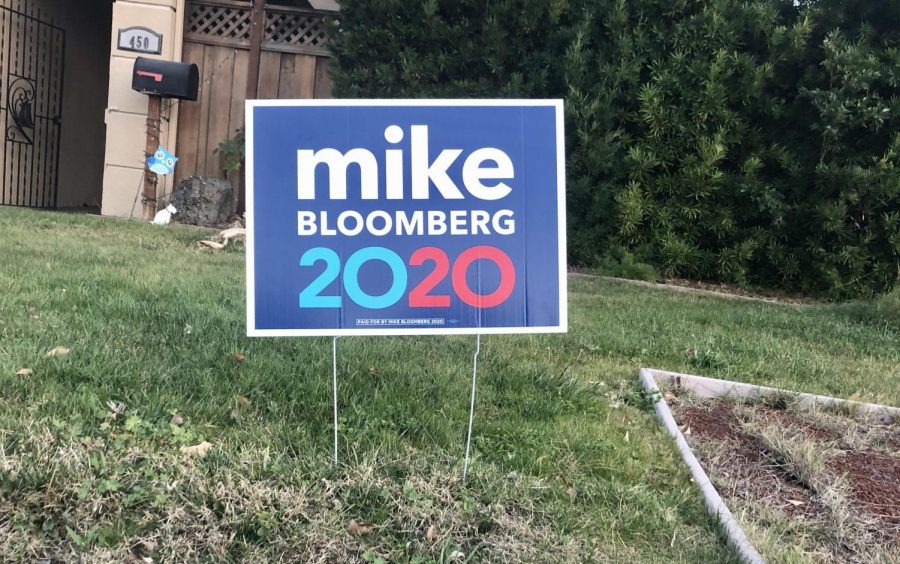With very high odds of a contested convention and 415 pledged delegates up for grabs in California, the primary election on March 3 may make or break a presidential campaign.
According to FiveThirtyEight’s primary forecast model, there is currently a 40% chance that no candidate secures the 1,991 delegates required to hold a majority. This means that the Democratic Party would hurl into a contested convention. At the Nevada Democratic Debate, every candidate except Sen. Bernie Sanders said that they do not believe that the person with the most delegates should be the nominee if they do not have a majority. Sanders is not without reason for his belief. He is the current favorite to win a majority of delegates with a 46% chance, but his odds of winning a plurality (the most delegates) are much higher at 69%.
When Sen. Amy Klobuchar said “let the process work” in response to Chuck Todd’s question about a contested convention at the Nevada debate, Sanders responded and said, “Well, the process includes 500 superdelegates on the second ballot.”
Superdelegates are party officials, congress members, former presidents, and others relevant to the party. In 2016, the rules for the Democratic Primary were different concerning superdelegates. The superdelegates were on the first and not the second ballot of the Democratic convention. Many of these same superdelegates overwhelmingly backed Hillary Clinton before the first votes of the primary were even cast. In the aftermath of the 2016 election, the superdelegates were moved to the second ballot and were not allowed to pledge for a candidate unless there was a contested convention.
The system for awarding pledged delegates in the Democratic Primary is proportional per state. The one caveat is that the candidate must receive 15% of the vote. This may either be by congressional district or statewide as delegates are appropriated for both.
The polling in California is all over the place. The one constant is that Sanders has topped all of the polls. The polls show the next two to three candidates also within the margin of error of meeting the 15% threshold for delegates.
If only one candidate meets the 15% threshold, then they will receive all of the delegates from the state of California. If four candidates pass this threshold, then the delegates will be split between them proportionally.
San Mateo and 14 other counties follow the Voters Choice Act model for elections. This model allows for mail-in ballots that are received on election day or the following three days to be counted. According to Sara O’Brien, Elections Specialist for the County of San Mateo, “None of the Vote by Mail ballots received on Election Day (March 3, 2020) will be included in the Final Election Night Reports.”
The county estimates that about 85% of the votes cast will be by mail.
“In the 2018 and 2019 elections under the Voter’s Choice Act model, 40 to 45% of all Vote by Mail ballots were received on Election Day and through the three days following. This means that the Election Night results may be significantly different from the final count”, O’Brien said.
In the first two out of the three Democratic contests, we have seen delayed results. First came Iowa, in which a winner has not yet been declared, then came Nevada in which a landslide for Sanders allowed the Associated Press to call the race at 4% of precincts reporting.
The California primary is also the first nominating contest that Former New York City Mayor Mike Bloomberg will participate in alongside the other Super Tuesday states. Bloomberg’s viability as a candidate may not be apparent until the results from the California primary come in.
Abby Sanders, Chapter president of Carlmont JSA, said, “a delayed result is frankly a small price to pay for making our democracy more accessible […] It’s critical, especially in an election of such magnitude, that we hear from as many voices as possible.”












